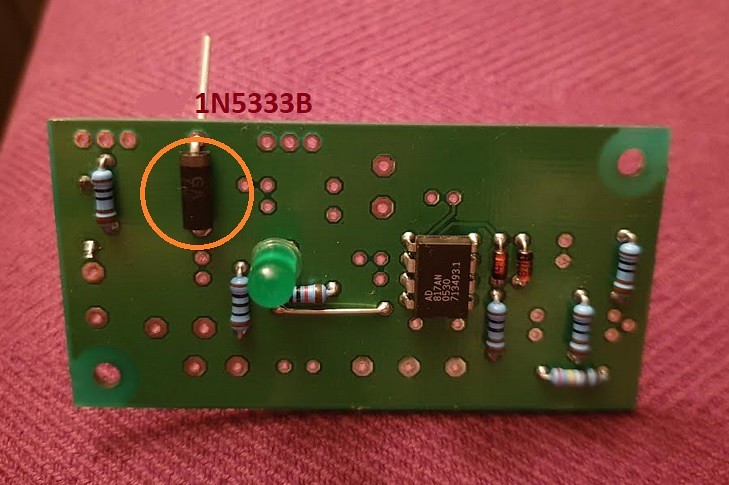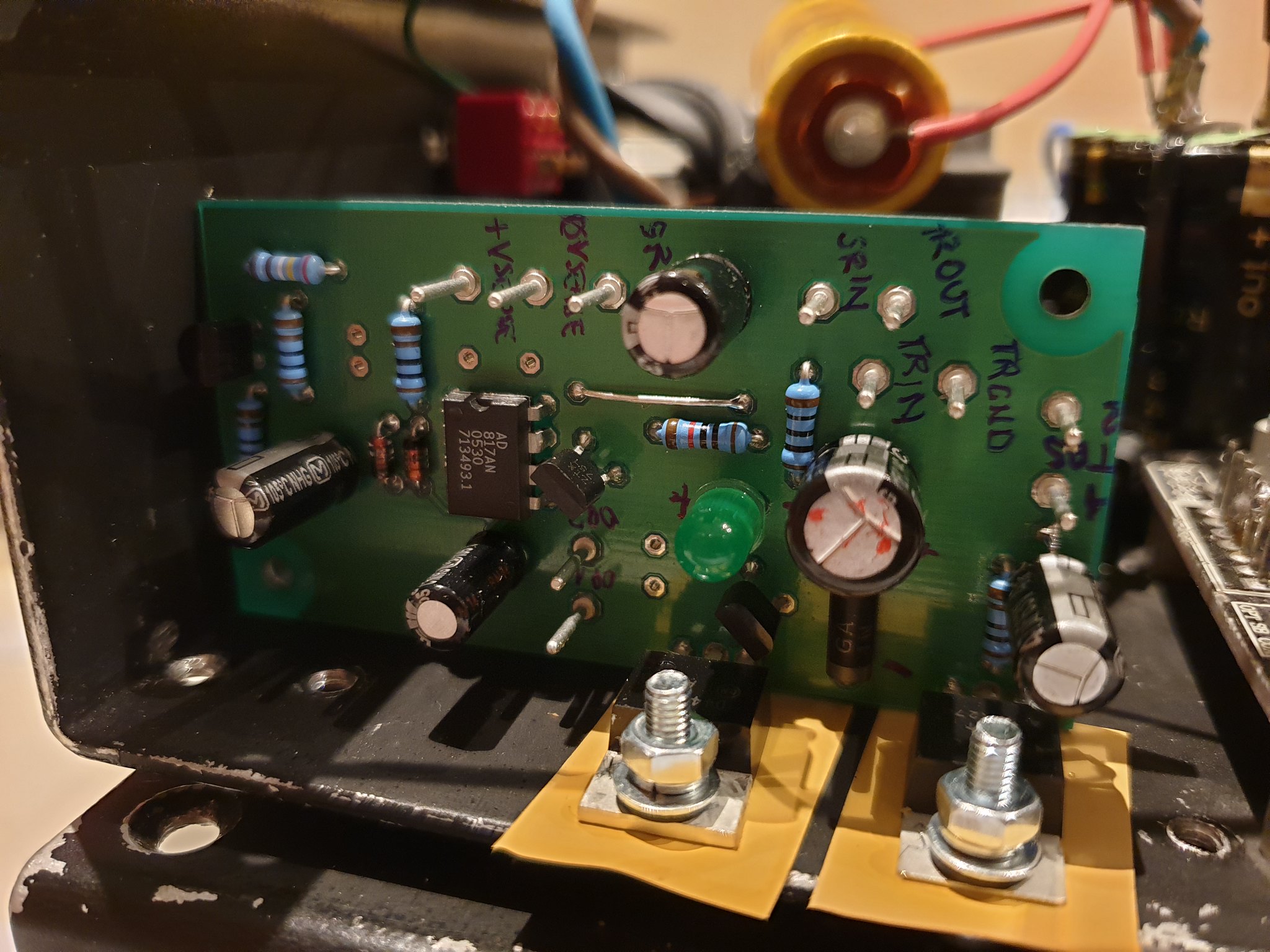geoturbo
tinkerer w/o highly evolved auditory stimulus cpu
Dear Gents,
my very first thread on PFM about my first ALWSR +ve build and for some questions related for the better safe than sorry's sake.. Been reading overnights about the assembly test and application manual, sourced all components for this +5V ALWSR (Panasonic NHG caps and MRS25 resistors), weller soldering iron's hot and all is ready to go... btw this is going to power my nice and old diy DAC based on CS4397 chip.
I soldered the low components - gladly the AD817AN had been soldered already - and now I am in the process of soldering the 1N5333B zener.
Could anyone gently confirm if the 1N5333B is set correctly in place as shown in the picture?
Thanks a lot

my very first thread on PFM about my first ALWSR +ve build and for some questions related for the better safe than sorry's sake.. Been reading overnights about the assembly test and application manual, sourced all components for this +5V ALWSR (Panasonic NHG caps and MRS25 resistors), weller soldering iron's hot and all is ready to go... btw this is going to power my nice and old diy DAC based on CS4397 chip.
I soldered the low components - gladly the AD817AN had been soldered already - and now I am in the process of soldering the 1N5333B zener.
Could anyone gently confirm if the 1N5333B is set correctly in place as shown in the picture?
Thanks a lot



